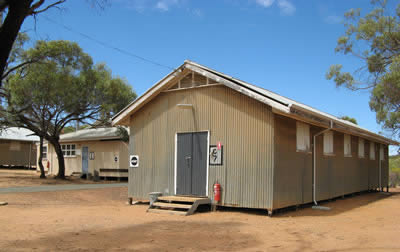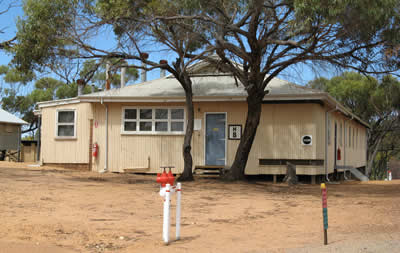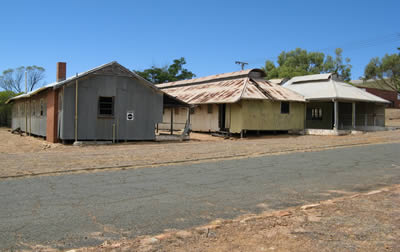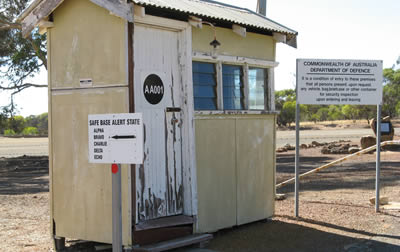Working at Northam Camp & Elsewhere
While full fare paying immigrants were free to find their own work, assisted migrants were bound by a two year work contract with the Government. Agreements with the trade unions governed the placement of immigrants in jobs - particularly that immigrants were not to be given jobs for which Australian labour was available.
Displaced Persons were required to work as ‘labourers’ or ‘domestics’, regardless of their educational background and work experience prior in their homelands, and could be sent anywhere in Australia.
Most job vacancies in Western Australia were in the country, where labour was urgently needed in restoring roads, rail, power, water supplies and forest resources and domestic labour was needed in the hospitality industry.
Australia was the only country in the IRO Scheme that separated families. Fulfilling the two year work contract was more important to the Australian authorities than keeping families to together at a most critical time of their lives. Couples allotted work at the same place considered themselves to be very lucky.
Many male breadwinners and single males in Western Australia found themselves working in the most isolated parts of the state, as Australians took the jobs closer to towns. It was hard of the families of men who worked for the Railways Department, the Main Roads Department, on the Kalgoorlie Pipeline or clearing the land for the War Service Land Settlement Scheme. Families were expected to live in tents in very isolated parts of the state with little support.
Men were also employed in the building and construction industry, on wheat farms, dairy farms and pastoral stations, in sawmills and forestry work, and in mines and foundries.
The Commonwealth Employment Service (CES) directed hundreds of female Displaced Persons to fill domestic positions in country hotels, hospitals, hostels and schools throughout Western Australia. However, this caused concern amongst the immigrant population, where traditionally women were kept at home until they were married.
A large number of immigrants were also employed at the immigrant camps. Five hundred were needed to run Northam Accommodation Centre. Married men vied for jobs at the camp, as not only could the family stay together, but they were given a room in lined barracks with a ceiling and a door. Single people working at the camp were allocated spaced in a lined cubicle.



